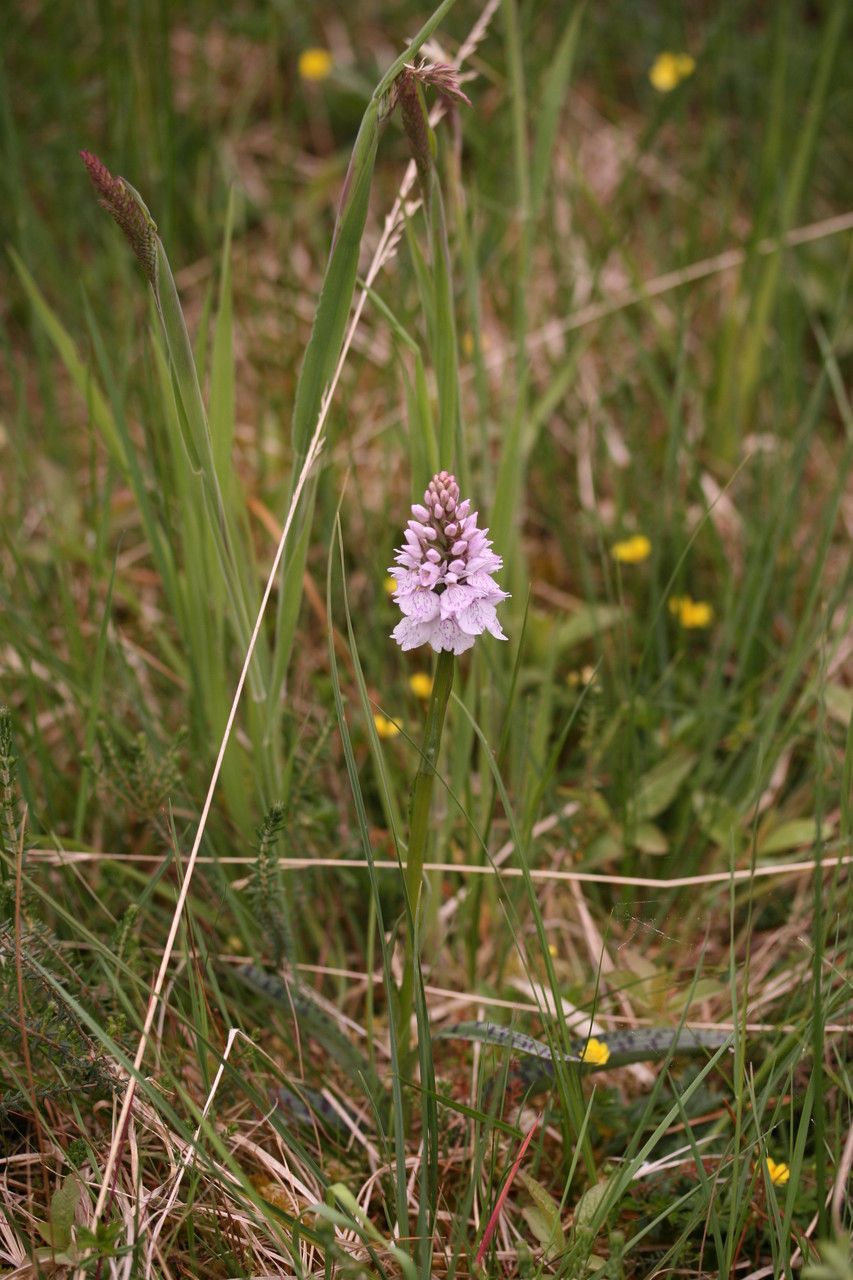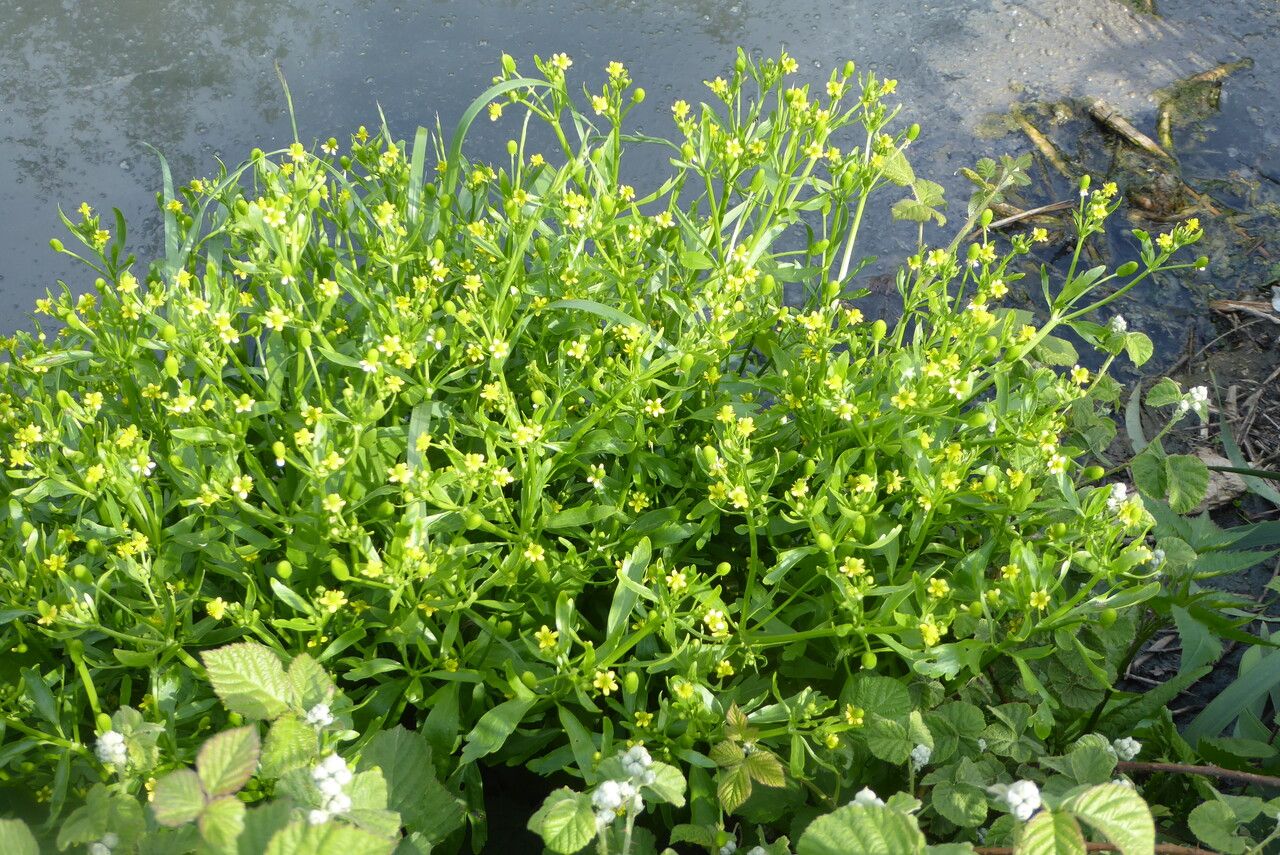## Heath Spotted Orchid: A Wildflower Gem
The Heath Spotted Orchid ( *Dactylorhiza maculata*), a member of the Orchidaceae family, is a captivating wildflower prized for its delicate beauty and intriguing speckled petals. This widespread orchid boasts a remarkable adaptability, thriving in diverse habitats across much of Europe and parts of Asia. Its captivating blooms make it a sought-after addition to wildflower meadows and naturalistic gardens, though cultivation requires understanding its specific needs.
### Habitat and Growth
Heath Spotted Orchids are found in a range of environments, from damp meadows and grasslands to woodland edges and heathland. They prefer moist, well-drained soil rich in organic matter. These orchids are remarkably adaptable to different light levels, tolerating full sun to partial shade. However, consistently shaded conditions can lead to weaker growth and fewer blooms. The orchid’s distribution is influenced by soil pH, thriving in slightly acidic to neutral conditions.
### Soil Needs and Planting
Creating a suitable environment for your Heath Spotted Orchid is crucial for its success. The ideal soil is a humus-rich, slightly acidic to neutral mixture. Heavy clay soils should be amended with organic matter like compost or well-rotted manure to improve drainage and aeration. Avoid excessively alkaline soils, as this can negatively impact the orchid's health. When planting, ensure the rhizome (underground stem) is not buried too deeply, and maintain consistent moisture levels.
### Sun Exposure and Watering
While Heath Spotted Orchids tolerate a range of light levels, they generally prefer partial shade to dappled sunlight. Direct, intense sun can scorch the leaves, while too much shade can result in weak growth and few flowers. Consistent moisture is crucial, especially during the growing season. Water regularly to keep the soil moist, but avoid waterlogging, which can lead to root rot. Allow the top inch of soil to dry slightly between waterings.
### Propagation and Conservation
Propagating Heath Spotted Orchids is best done through seed, although this is a challenging process for home gardeners, often requiring specialized techniques and sterile conditions. Due to their conservation status in some regions, it's crucial to only obtain plants from reputable nurseries or to carefully consider the environmental impact if attempting propagation from wild plants. Never disturb or uproot orchids from their natural habitat. Responsible gardening ensures the protection of these beautiful wildflowers for future generations.
### Potential Pests and Diseases
The Heath Spotted Orchid is relatively resistant to pests and diseases. However, slugs and snails can sometimes cause damage to leaves and flowers. These can be controlled with slug pellets or barriers around plants. Fungal diseases can occur if the soil is consistently waterlogged, therefore proper drainage is paramount.
### Conclusion
The Heath Spotted Orchid, with its striking beauty and adaptability, is a rewarding addition to any garden where conditions are appropriate. With careful attention to its specific needs – namely well-drained, slightly acidic soil, partial shade, and consistent moisture – you can enjoy the exquisite charm of this remarkable wildflower.
Heath Spotted Orchid: Guide & Care

Frequently Asked Questions
How to grow a Heath Spotted Orchid?
Grow Heath Spotted Orchids in slightly acidic, well-drained, humus-rich soil with partial shade. Maintain consistent moisture, but avoid waterlogging. Propagation is best through seed (though challenging) from reputable sources. Avoid disturbing wild plants.
Where does the Heath Spotted Orchid grow?
Heath Spotted Orchids grow across Europe and parts of Asia in various habitats, including damp meadows, grasslands, woodland edges, and heathland. They prefer slightly acidic to neutral soil conditions.


